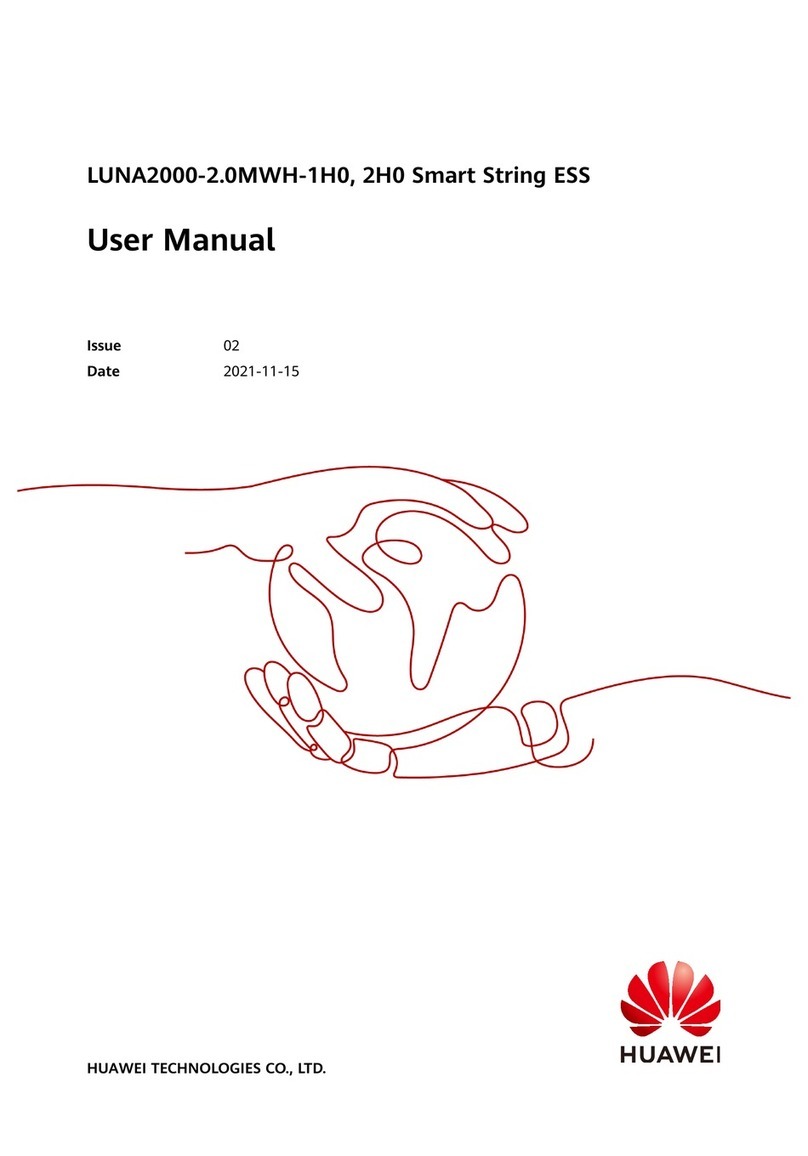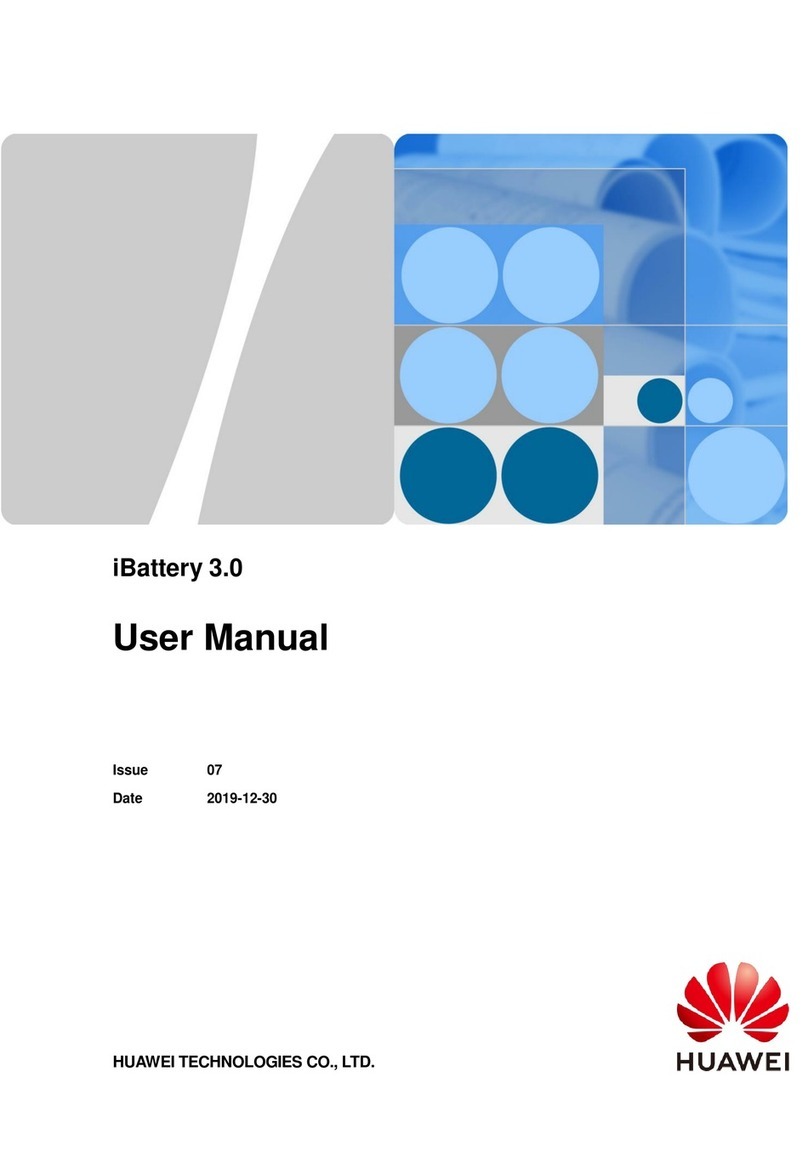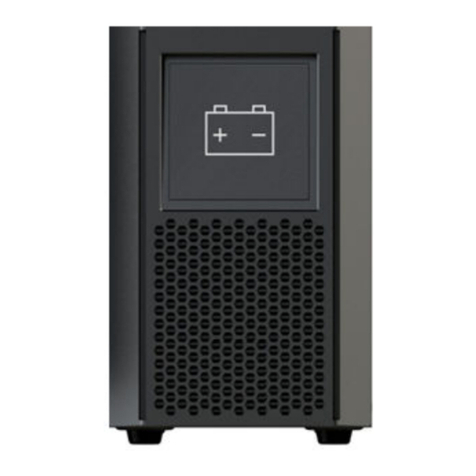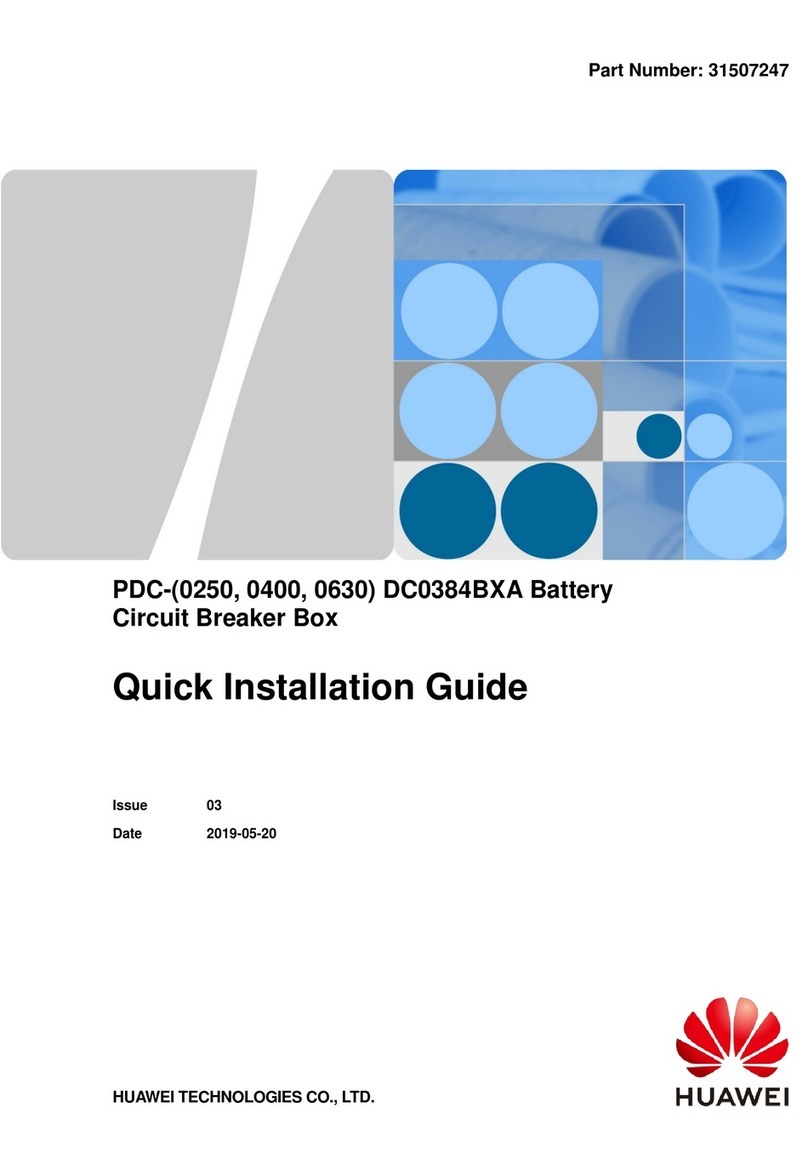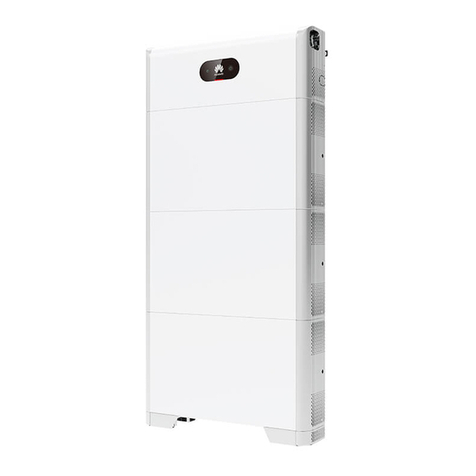
zIf the batter
dy is out of power and left uncharged for a long time, it will fall into a deep
bischarge state, which will cause a permanent damage to the battery cell. If the
attery is damaged, hand it over to the certified recycling station.
The battery has the discharge protection function. When over-discharge impends, the battery
elf-discharge.
sal.
or its accessories. damaged.
cables.
ables. Otherwise, they may be
zer cables.
zodily allergy.
e battery.
zIn the case of any abnormality of the battery, for example, smoke, unusual sound, or
stop using the battery and disconnect it from the mains supply.
authorized service center.
2 Packing List
enables its over-discharge protection and performs low s
zDispose of the battery properly to avoid environment pollution. Hand it over to the
certified recycling station for proper dispo
zDo not leave the battery unattended with children.
zKeep children away from the battery and its accessories to prevent dangers such as
swallowing the battery
zUse the dedicated battery charger; otherwise, the battery may be
zStop using the battery and disconnect it from the mains supply before connecting or
disconnecting cables.
zKeep your hands dry when connecting or disconnecting
zDo not stamp, pull, drag, or excessively bend the c
damaged, causing malfunction of the battery.
Do not use the damaged or deteriorating pow
zDo not disassemble the battery without permission.
zDo not store the battery at atemperature of 45°C or above or dispose of the battery in
a fire. Otherwise, the battery may explode.
zKeep the battery from collision and sharp objects.
Do not scratch or abrade the shell of the battery. Otherwise, the fallen coating may
lead to battery abnormalities (such as short-circuit) and b
zDo not connect a metallic object such as the key to the positive and negative
terminals of the battery. Otherwise, a short circuit may occur, or bodily injury such
as burns is caused due to excessive heat of th
odor, immediately
Then, contact the
After opening uct packaging, check each item against the following checklist.
Contact the s there are any discrepancies.
the prod
upplier if
No. Item Quantity
1 Battery 1
2 Charger 1
3 AC power cable 1
4 User Guide 1
2






